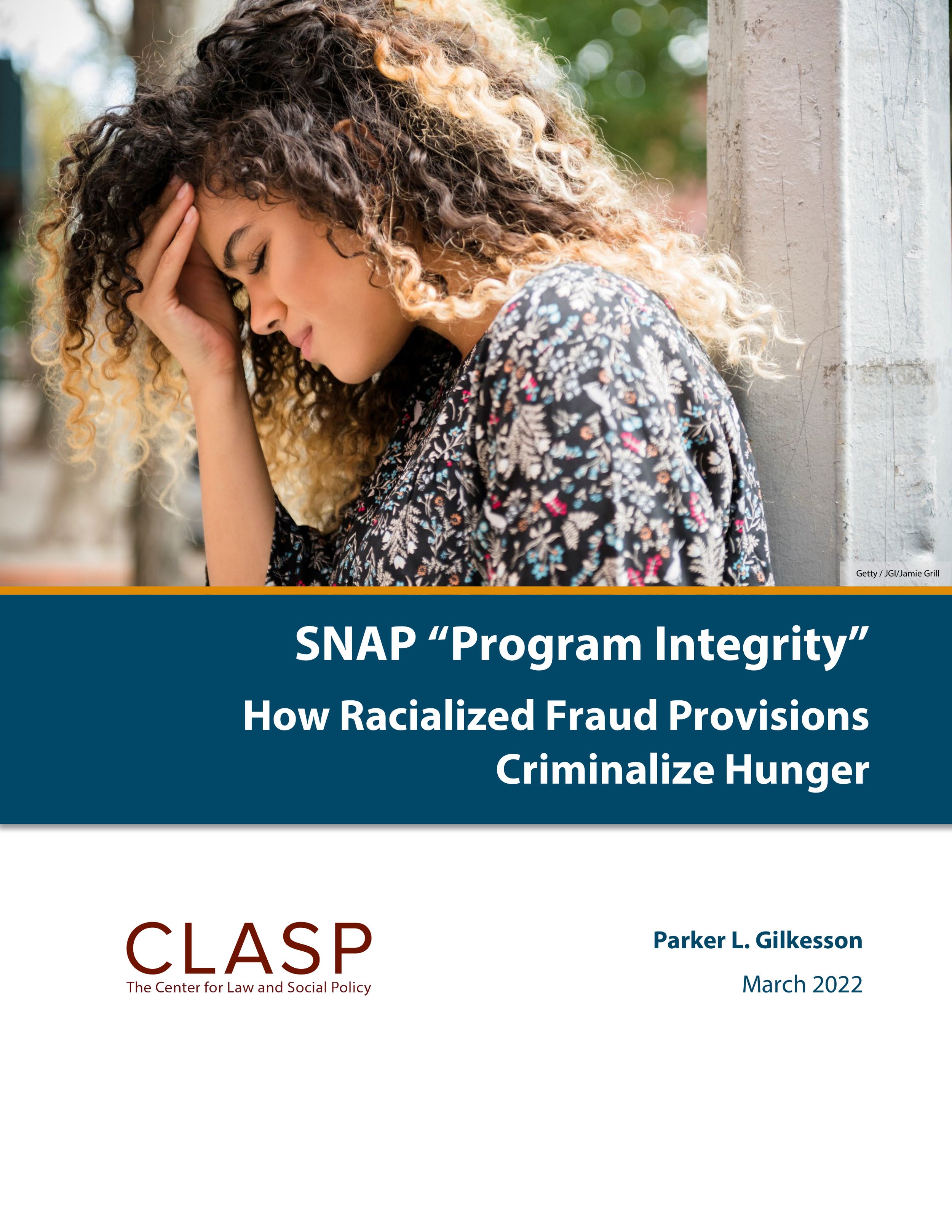Especially in areas where it has been authorized for medical and adult use, marijuana consumption is increasing. From chronic pain to anxiety, insomnia, and even appetite loss, people all around are finding its therapeutic benefits. More and more patients are using medical marijuana for relief. A key component of cardiovascular health is blood pressure— the pressure of blood against the walls of your arteries. Consistently elevated blood pressure, or hypertension, can cause major health problems, including heart disease, stroke, and renal damage. Understanding how marijuana affects blood pressure has grown more crucial given its rising popularity—particularly for those who might already have hypertension or heart issues. This article will help you decide whether marijuana could be a good fit for patients with blood pressure issues, as well as how it might affect heart health and the connection between marijuana and blood pressure. Whether you are thinking about medical marijuana for a chronic ailment or just interested in its effects on your health, this knowledge is essential for making an informed choice.
How Marijuana Affects the Body Before knowing how marijuana affects blood pressure, one must first appreciate its more general interaction with the human body.
TeleLeaf. 2025. 5p.





















